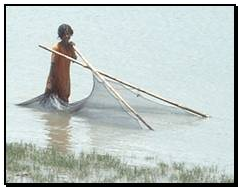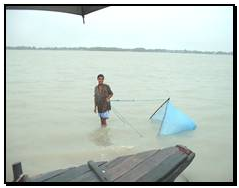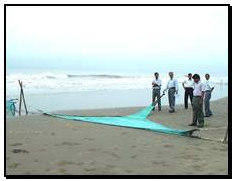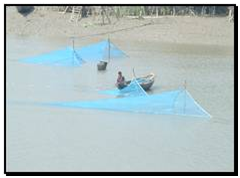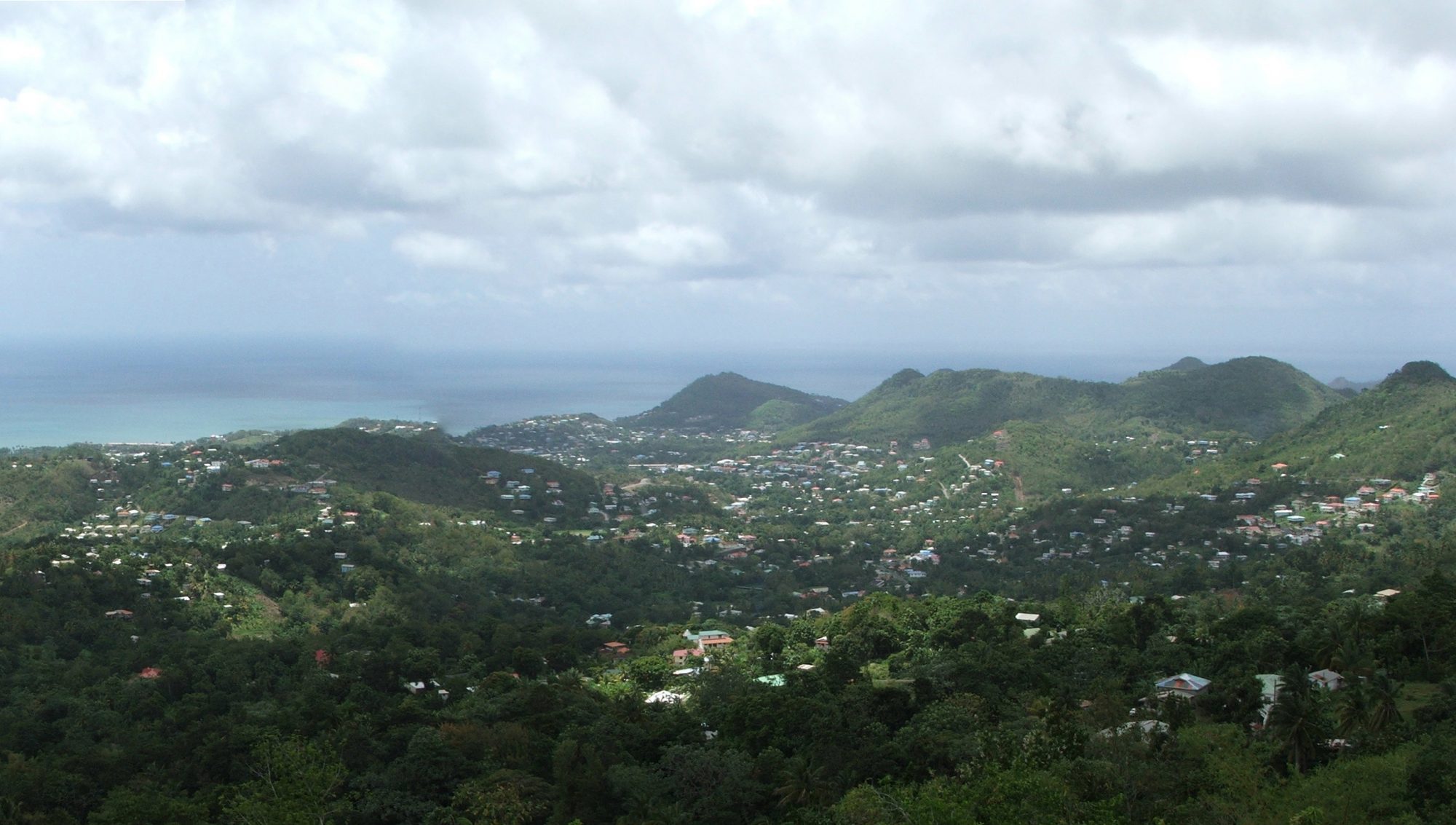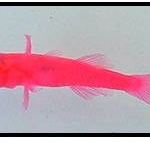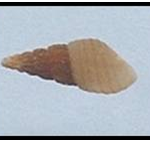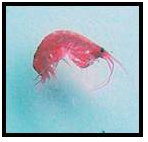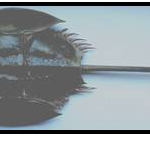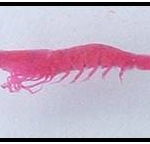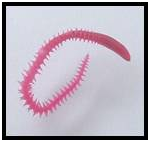Clients: Funded by World Bank, GEF, DFID, & Govt. of Bangladesh
Expert: Nick Willoughby
Time: 2005
The Global Environmental Facility component of the Fourth Fisheries Project in Bangladesh was called the Aquatic Resources Conservation, Management and Development Studies. This component was primarily to assess the effects of the World Bank-funded fisheries projects on the aquatic environment and its biota, and to help the Bangladesh Fisheries Department to mainstream biodiversity in their future plans. It included work on open water fresh-water fisheries, aquaculture and genetics, hilsa management and coastal studies on biodiversity and shrimp.
Dr Nick Willoughby of the NR Group was selected by WB and GoB to be the international consultant managing the coastal studies investigations – looking at wild shrimp larval fisheries and the effects of coastal shrimp farming on the diversity of the coastal and brackish water zones and their fauna. He spent approximately 15 months supervising this work, over the course of 7 visits to Bangladesh .
The export of farmed and wild shrimp by Bangladesh is now the country’s principle natural resource money earner, and is valued at about US$300million/year. However, the use of wild caught fry raises two major questions. Firstly the capture of wild shrimp fry to stock coastal shrimp ponds raises serious concerns about damage to coastal biodiversity, as a result of the death of by-catch from these operations; and secondly the whole issue of traceability and provenance of the product if wild fry are stocked – the ‘farm to fork’ policies now being initiated by major importers in US, Japan and Europe. For Bangladesh, the scarcity of alternative income generating opportunities (AIGO) for the coastal poor if they were prevented from catching shrimp fry created an additional social dimension; and the saline intrusion, partly as a result of shrimp farming in the coastal zone, raised significant land use and ownership issues.
Two major surveys were undertaken to investigate the wild shrimp fry issues. The out puts of this work were:
- There was little evidence to suggest significant damage is being done to coastal biodiversity by current fry collection techniques, but that damage to the fry and therefore the fisheries of commercially important fish species may have been incurred 5-10 years ago when wild shrimp fry capture was at its height.
- It was possible to recommend permission for some less harmful traditional gear fisheries to continue, while other more harmful ones should be curtailed as soon as possible.
- As importers’ requirements of provenance become more stringent the whole wild shrimp capture industry will die out, so AIGOs for the coastal poor are urgently required.
Work on the benthic biota in the brackish water polders where the shrimp were farmed quickly showed the scarcity of knowledge about this area. Indeed, the most abundant animal in the brackish fauna, a small isopod, was previously undescribed scientifically.
- This work showed that: 139 animal species (excluding plankton) were taken over the course of two benthic surveys: arthropods were the most numerous group, followed by worms and then molluscs.
- There is a group of animal species which appear to be only found in the brackish water environment.
- Population densities of some species could be enormous – 130,000/m 2 for arthropods; 47,000/m 2 for molluscs and 42,000/m 2 for worms.
- Mollusc species distributions could be used for characterising salinity levels across the brackish zone.
- A ‘Pictorial Introduction to the Brackish Water Fauna of Bangladesh’ was produced as a super-numary report to help subsequent workers identify their catches. (Pictures and information on 220 of the brackish and coastal species taken in the surveys)
A pictorial introduction to the brackish water fauna of Bangladesh
by N G WILLOUGHBY
with collaborators
NATURAL HISTORY MUSEUM, UK
G Paterson
M Lowe
C Barrio Froján
P Clark
R Britz
UNIVERSITY OF DHAKA
A T A Ahmed
CHITTAGONG UNIVERSITY, INSTITUTE OF MARINE SCIENCES
M Mahmood
Md Zafar
GEF PROJECT STAFF
H K Ratan
M H Roshid
February 2005
Some Shrimp Larval Capture Gears
